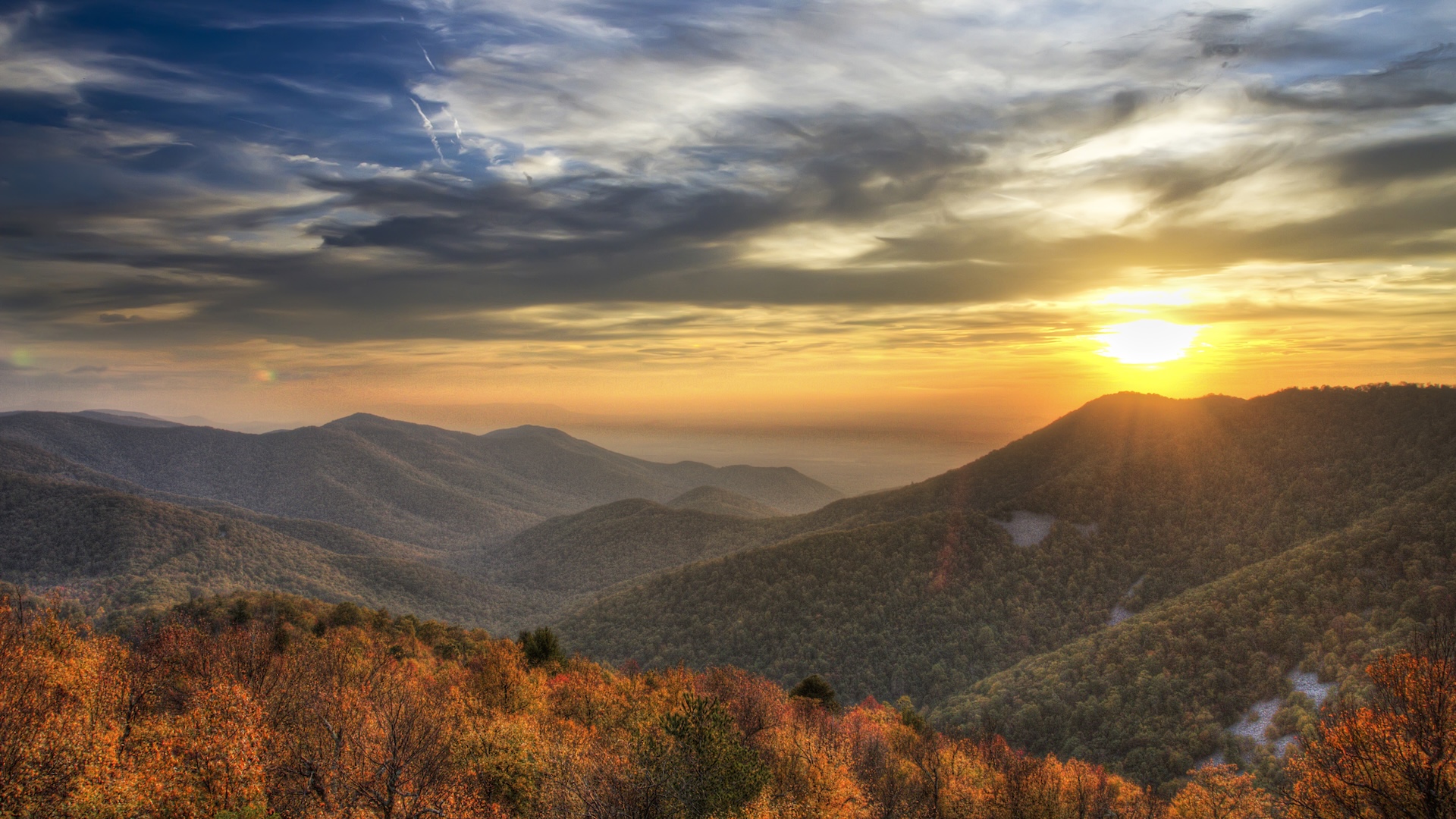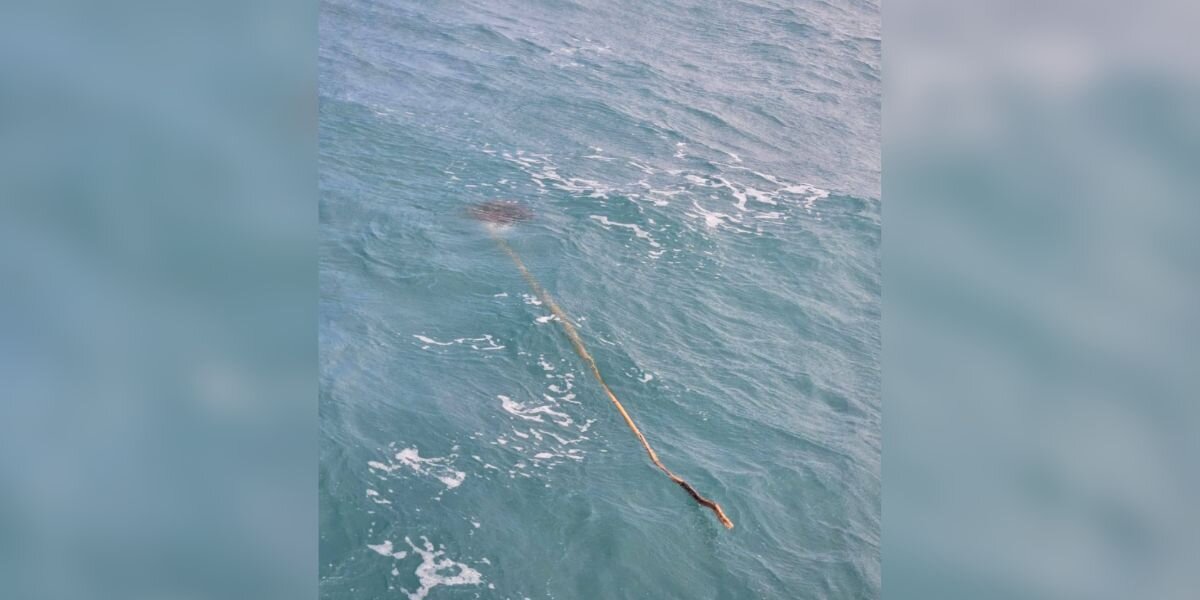New Research Reveals Jupiter Was Once Twice Its Current Size

Recent research has unveiled fascinating insights into the early years of Jupiter, the largest planet in our solar system, revealing that it was once twice its current size approximately 3.8 million years ago. According to the study published on May 20, 2025, in the journal Nature Astronomy, Jupiter had the capacity to accommodate a staggering 2,000 Earths, highlighting its immense scale during its formative years. Although it remains the largest planet in our solar system today, this historical perspective sheds light on the evolution of the gas giant and its significant impact on the solar system as we know it today.
The research was spearheaded by Professor Konstantin Batygin, a prominent planetary scientist at the California Institute of Technology. Batygin's team shifted their focus to Jupiter's smaller inner moons, Thebe and Amalthea, rather than the more common method of estimating how quickly gas giants accumulate mass. This innovative approach allowed researchers to examine the moons' orbits, which are characterized by a slight tilt, providing crucial insights into the conditions present during Jupiter’s early development.
The findings indicate that the early Jupiter had a radius that was twice that of its current state, suggesting a massive, gas-rich envelope that has since contracted over time. The magnetic field surrounding Jupiter was also significantly more powerful in its infancy, estimated to be 50 times stronger than it is today. This formidable magnetic force influenced the surrounding space and matter in various ways, contributing to the dynamics of the early solar system.
Although the study did not specifically demonstrate how Jupiter shaped the other planets in the solar system, it emphasized the gas giant's pivotal role in organizing the solar system through its considerable gravitational pull. Understanding this phase of Jupiter's history provides researchers with the necessary context to reshape their models regarding the forces that defined our celestial neighborhood.
According to Batygin, the findings from this research serve as a crucial benchmark for future models of solar system formation. The evolution of Jupiter, especially following the evaporation of the protoplanetary gas cloud, marked a significant turning point that led to the arrangement of the planets into their fixed orbits. These discoveries not only enhance our understanding of Jupiter but also contribute to the broader field of planetary science, shedding light on the intricate processes that led to the formation of our solar system.





























